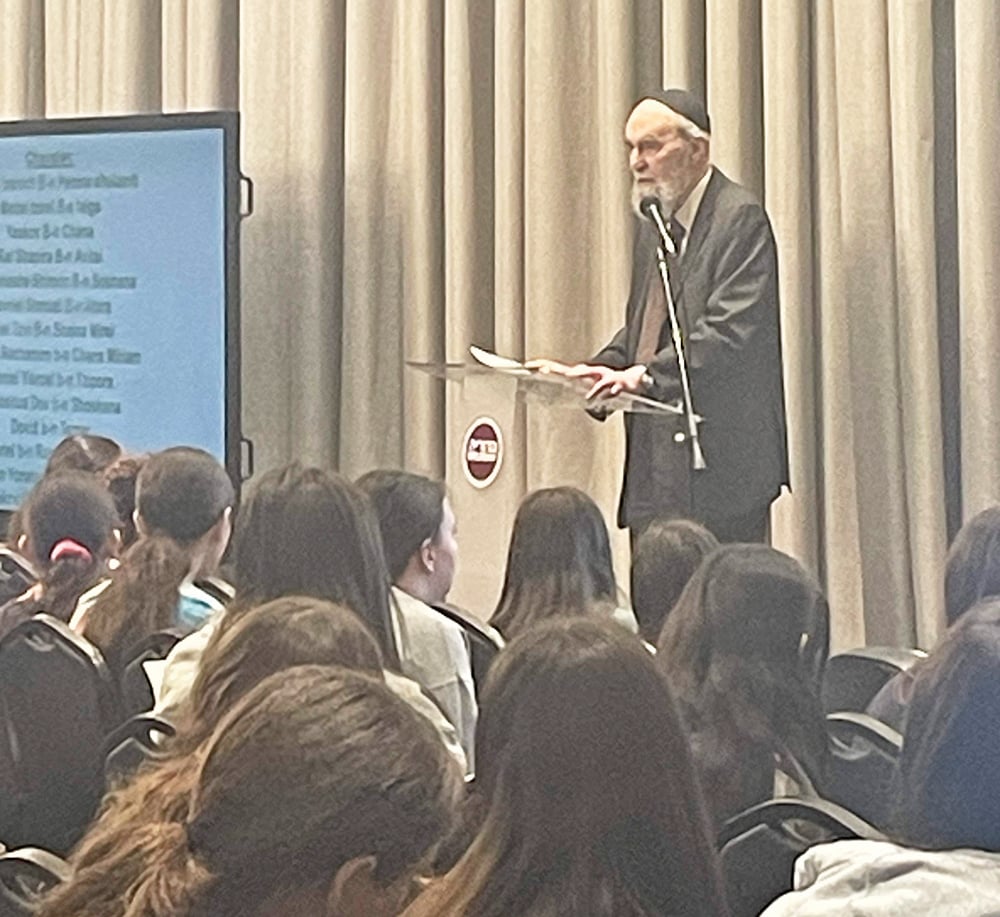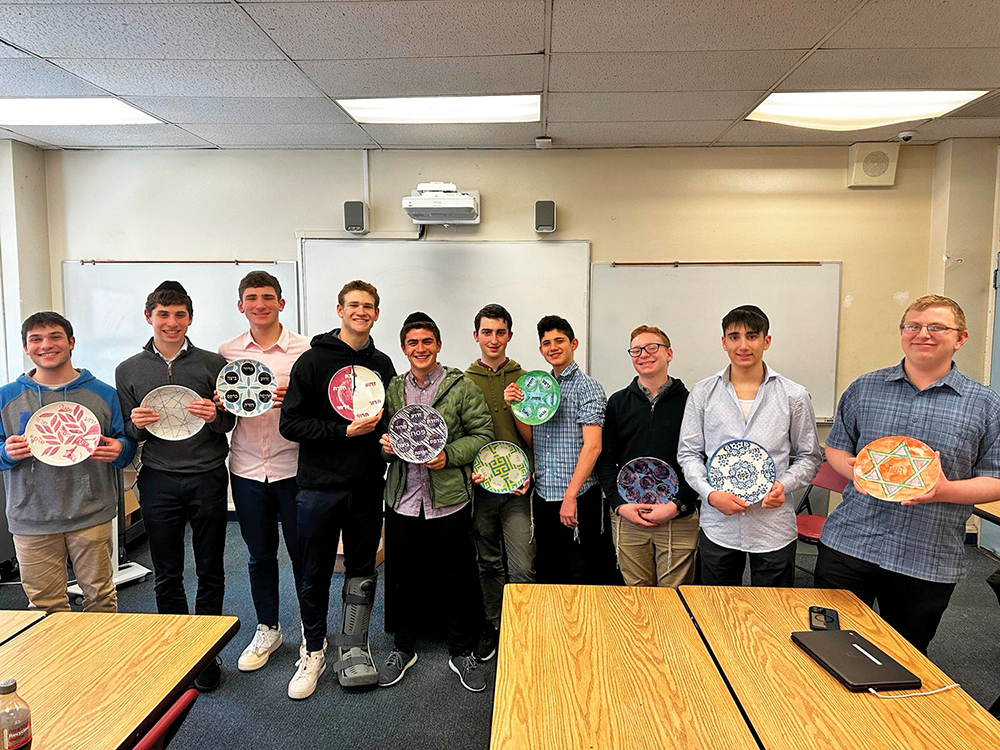In this week’s parshah (31:30), Lavan says to Yakov: nichsof nichsafta le-veit avicha—you longed for your father’s house. The two words nichsof and nichsafta are both from the root KSF, the same room as KSF, money.
What is going on here? Is the Hebrew language, the language of the Jewish people, a language in which “money” and “longing for” have the same root? Are the anti-Semitic stereotypes about Jews true?
Fortunately, while modern-day Jews do long for money to pay yeshiva tuition, the etymology of the word KSF is not going to provide any evidence for the anti-Semites. Most likely, the verb KSF originally meant “to become pale with longing.” And the noun KSF did not originally mean “money.” Rather, it meant “silver.” Why did silver get this name? Because of its whiteness, it became known as the “pale metal.” So the commonality between “silver” and “longing” is the whiteness/paleness aspect, and not anything else. So we have an easy refutation of the anti-Semites.
In the above approach, I followed Ernest Klein: “A Comprehensive Etymological Dictionary of the Hebrew Language,” p. 282. (This was one of the most useful books I have ever purchased! It answers almost all of the Hebrew word questions that you and your children will ever have! It covers the Hebrew language in all its eras, not just the Biblical period, in contrast to an ordinary concordance.)
Another widely used etymology book, “Etymological Dictionary of Biblical Hebrew” by Matityahu Clark, takes a slightly different approach. It views the fundamental meaning of KSF as “yearn, desire” and then views silver as a “desired asset.” But why should only silver be desired, why not gold? And why are not all precious metals called kesef? The better approach is the one taken by Klein, which focuses on the paleness aspect. (The book by Clark, while very useful, must be used with much caution. I will save that for another column.)
I will now offer another etymological insight into the parshah. Leah’s eyes are described as rakot (29:17, “soft”). There is much discussion of the meaning and connotation here. Targum Onkelos views the meaning positively and based on this, The Living Torah translates the word as “lovely.” But from the context and the comparison with the description of Rachel (“yifat to’ar v’iyfat mareh”), the connotation of rakot seems to be a negative one. “Tender,” “sensitive,” and “weak” are some of the leading contenders.
But most interesting is the commentary of Ibn Ezra. He quotes a Karaite commentator named Ben Efrayim for the position that the word is chaser aleph (=lacking an aleph), and should be read as arukot (long). After quoting it, Ibn Ezra responds with an insulting joke, calling Ben Efrayim: “chaser aleph.” But what did Ibn Ezra mean? Mosad Harav Kook’s Torat Hayyim commentary gives two possibilities (note 37). First, that Ben Efrayim was lacking in intelligence, like the son of a cow (PaR). (The Hebrew name Efrayim without the initial aleph, looks like the word for “cows.”) Alternatively, that Ben Efrayim was lacking in learning and knowledge. The word aleph means “learning” or “teaching” in Aramaic. It has this meaning a few times in Tanach as well. (The Torat Hayyim commentary does not say this but it is possible that Ibn Ezra meant both insults simultaneously.)
This is an example of the greatness of Mosad Harav Kook’s Torat Hayyim commentary. Not only do they elucidate Ibn Ezra’s substantive explanations; they even attempt to explain his jokes as well!
Mitchell First is an attorney and Jewish history scholar. His recently published book: Esther Unmasked: Solving Eleven Mysteries of the Jewish Holidays and Liturgy (Kodesh Press, 2015) is available at the Judaica House in Teaneck and at amazon.com. He can be reached at [email protected].
By Mitchell First
For more articles by Mitchell First, and information on his books, please visit his website at rootsandrituals.org.













